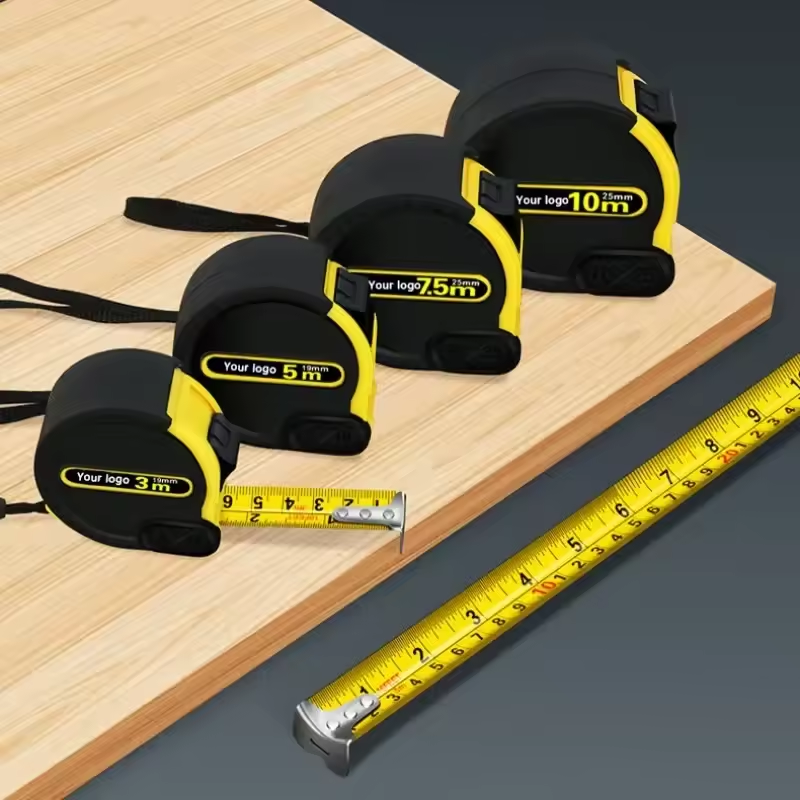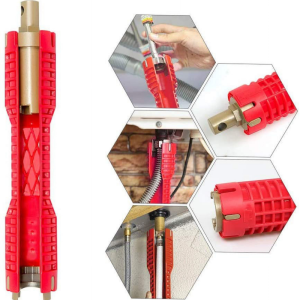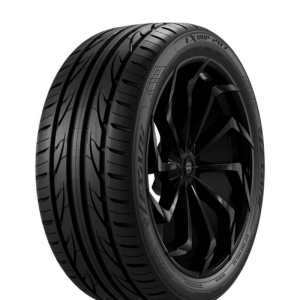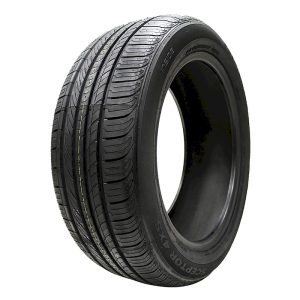
Motorcycle enthusiasts often face the question: what happens if you mix motorcycle tires? This topic is more than just about aesthetics; it involves safety, performance, and the overall riding experience. In this comprehensive guide, we’ll delve into the implications of mixing motorcycle tires, explore the potential risks, and offer practical advice for riders.
Introduction to Motorcycle Tires
Motorcycle tires are designed to provide optimal performance, safety, and comfort. Each tire type, whether front or rear, has unique characteristics tailored for specific functions. The front tire, for instance, is designed to handle steering and braking forces, while the rear tire focuses on providing traction and power transfer. Understanding these distinctions is crucial when considering mixing tires.
The Importance of Matching Motorcycle Tires
Matching tires on a motorcycle is not just a recommendation; it’s a critical safety measure. Tires from the same manufacturer and model are designed to work in harmony, ensuring consistent performance. Here are key reasons why matching tires is essential:

1. Consistent Handling
Matching tires ensure uniform handling characteristics. Different tire brands or models can have varying profiles, tread patterns, and rubber compounds, leading to unpredictable handling, especially in critical situations.
2. Balanced Traction
Front and rear tires are designed to provide balanced traction. Mixing tires can result in uneven grip levels, affecting stability and control during cornering, braking, and acceleration.
3. Predictable Performance
Manufacturers design tires to complement each other, ensuring predictable performance under various conditions. Mixing tires can disrupt this balance, leading to unexpected behavior on the road.
Risks of Mixing Motorcycle Tires
Mixing motorcycle tires can lead to several potential risks, impacting both safety and performance. Here are some key concerns:
1. Compromised Stability
Different tire profiles can alter the motorcycle’s stability. For instance, a front tire with a sharper profile paired with a rear tire with a flatter profile can cause instability, especially during cornering.
2. Uneven Wear
Mixed tires can wear unevenly due to differences in rubber compounds and tread patterns. This uneven wear can lead to reduced tire life and compromised performance.
3. Reduced Traction
Tires with different tread patterns and rubber compounds may not provide uniform traction. This discrepancy can affect braking distance, cornering grip, and overall handling.
4. Legal and Warranty Issues
In some regions, mixing tires may be against regulations, potentially leading to fines or failed inspections. Additionally, it can void the manufacturer’s warranty, leaving riders without coverage in case of tire-related issues.
Real-World Scenarios and Experiences
To better understand the impact of mixing motorcycle tires, let’s explore some real-world scenarios and rider experiences:
Scenario 1: Sportbike with Mixed Tires
A rider on a sportbike decided to mix a high-performance front tire with a touring rear tire. The result was compromised cornering stability, as the rear tire couldn’t keep up with the aggressive lean angles of the front tire. This mismatch led to a lack of confidence during spirited rides.
Scenario 2: Cruiser with Mixed Tires
A cruiser rider opted for a different brand rear tire while keeping the original front tire. The rear tire’s softer compound caused it to wear out faster than the front tire, leading to frequent replacements and additional costs. Moreover, the bike felt less stable during highway cruising.
Scenario 3: Adventure Bike with Mixed Tires
An adventure bike rider mixed a knobby front tire with a street-oriented rear tire. This combination resulted in unpredictable handling on both dirt and pavement. The front tire’s aggressive tread pattern didn’t match the rear tire’s grip levels, leading to compromised performance in off-road conditions.
Expert Recommendations
Experts universally recommend against mixing motorcycle tires. To ensure optimal performance and safety, follow these guidelines:
1. Stick to Manufacturer Recommendations
Always refer to the motorcycle manufacturer’s recommendations for tire specifications. These guidelines ensure that you use tires designed to work together, providing consistent performance and safety.
2. Replace Tires in Pairs
When it’s time to replace tires, do so in pairs. This practice ensures that both tires have similar wear patterns, profiles, and grip levels, maintaining balanced handling.
3. Consult with Professionals
If you’re uncertain about tire choices, consult with professionals at a reputable motorcycle shop. They can provide expert advice on suitable tire options for your specific bike and riding style.
4. Prioritize Quality
Invest in high-quality tires from reputable manufacturers. Quality tires offer superior performance, durability, and safety, ensuring a better riding experience.
Benefits of Matching Motorcycle Tires
Matching motorcycle tires offer several benefits that enhance the overall riding experience. Here are some advantages:

1. Enhanced Safety
Uniform tires provide consistent grip and handling, reducing the risk of accidents caused by unpredictable tire behavior.
2. Improved Performance
Matching tires optimize the bike’s performance, ensuring balanced traction, stability, and control in various riding conditions.
3. Longer Tire Life
Tires with similar wear patterns last longer, reducing the frequency of replacements and associated costs.
4. Increased Confidence
Riders can feel more confident knowing their tires are designed to work together, allowing them to focus on the ride without worrying about tire-related issues.
Common Myths about Mixing Motorcycle Tires
Several myths surround the practice of mixing motorcycle tires. Let’s debunk some of these misconceptions:
Myth 1: Mixing Tires is Fine for Casual Riding
Even casual riders benefit from matched tires. Consistent handling and traction are essential for safe and enjoyable riding, regardless of the riding style.
Myth 2: Rear Tire Choice is More Important
Both front and rear tires play crucial roles. Neglecting the importance of either tire can lead to compromised performance and safety.
Myth 3: Any Tire Combination is Acceptable
Not all tire combinations are compatible. Differences in profiles, tread patterns, and compounds can lead to unpredictable behavior, affecting overall performance.
Myth 4: Mixing Tires Saves Money
While mixing tires may seem cost-effective initially, the potential risks and reduced tire life can lead to higher long-term costs. Investing in matched tires is a wiser financial choice.
How to Safely Mix Motorcycle Tires
If you find yourself in a situation where mixing motorcycle tires is unavoidable, here are some tips to do it as safely as possible:
Match Similar Types
Try to match tires that are similar in type and performance characteristics. For example, if you have a sport tire on the front, use a sport or sport-touring tire on the rear.
Check Compatibility
Ensure that the tires are compatible in terms of size, load rating, and speed rating. Using incompatible tires can lead to severe handling issues and safety risks.
Monitor Performance
Pay close attention to your bike’s handling and performance after mixing tires. If you notice any unusual behavior, such as instability or uneven wear, replace the mismatched tire immediately.
Consult Professionals
Seek advice from a professional mechanic or tire specialist. They can provide guidance on the best temporary solutions and help you find suitable replacements.
Maintaining Your Motorcycle Tires
Proper tire maintenance is essential for safety and performance, whether you’re using matched or mixed tires. Here are some key maintenance tips:

Regular Inspections
Inspect your tires regularly for signs of wear, damage, or foreign objects. Look for uneven tread wear, cuts, or punctures that could compromise safety.
Correct Inflation
Maintain the correct tire pressure as specified by the manufacturer. Under-inflated or over-inflated tires can affect handling and cause uneven wear.
Balance and Alignment
Ensure that your tires are properly balanced and aligned. Imbalanced or misaligned tires can lead to vibration, uneven wear, and handling issues.
Replace Worn Motorcycle Tires
Replace your tires before they become too worn. Tread depth should be at least 1/16 inch (1.6 mm) to ensure adequate grip and safety.
Avoid Overloading
Do not exceed the maximum load rating of your tires. Overloading can cause excessive wear, reduced performance, and increased risk of tire failure.
Conclusion
In conclusion, the importance of using matched motorcycle tires cannot be overstated. Mixing tires can lead to compromised performance, reduced safety, and increased costs. To ensure a safe and enjoyable riding experience, always adhere to manufacturer recommendations, replace tires in pairs, and prioritize quality. By doing so, you’ll enjoy the benefits of consistent handling, balanced traction, and enhanced confidence on the road.
Prioritize Your Safety with Matched Motorcycle Tires
Ready to upgrade your ride? Explore our selection of high-quality motorcycle tires designed to provide optimal performance and safety. Don’t compromise—choose matched tires for a superior riding experience. Visit our store today and find the perfect pair for your bike!




